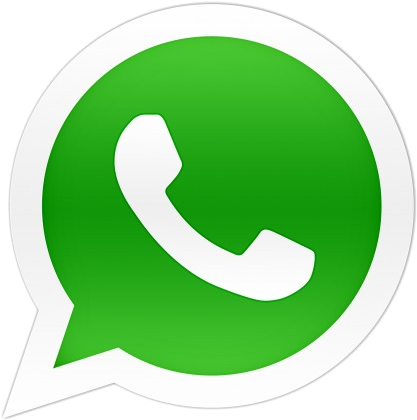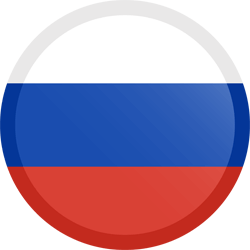Cord blood stem cells transplantation
Cord blood is reach source of stem cells. Hematopoietic stem cells, endothelial stem cells, mesenchymal stem cells are presented in cord blood.
Cord blood contains also so called T regulatory cells, which are very active in immunoregulation and are helpful for immunoregulation to diminish the effect of autoaggression of lymphocytes in autoimmune diseases.
Cord blood cells are unique because they are 0 days old. No radiation, ultraviolet rays, X-Rays, no viral or bacterial infection, no toxins, no stress influenced their development in comparison to adult stem cells.
We are using cord blood cells intrathecal injection for autism treatment. According our concept, paracrine effects and possibly, also cell engraftment can improve functionality of autist children brain. Cells are acting on the key regions which are altered in autism:
Cortex, cerebellum and limbic system.
There are several positive influences on brain:
- Cord blood stem cell (CD34+/CD11b+, CD34/VEGFR3+) differentiation into endothelial cells support angiogenesis and improvement of hypoperfusion of brain-typical pathogenic factor in autism and improvement brain hypoxia, what means improvement of neuroregeneration and brain metabolism.
- Cord blood nucleated and stem cells (CD34+ and CD133+) secrets many neurotrophins-growth factors, which are substances, support brain cell development, growth and survival. Brain-derived neurotrophic factor, Nerve growth factor, Neurotrophin-3, Neurotrophin-4, Glial cell-derived neurotrophic factor, Cerebral dopamine neurotrophic factor, Mesencephalic astrocyte-derived neurotrophic factor, Pigment epithelium-derived factor.
- CB Monocytes – CD14+ cells protect brain cells from oxygen and glucose deprivation in cortex. CB-CD14+ improves neurons surviving.
- Cord blood mesenchymal stem cells can improve immune dysregulation, typical for autism and as result suppress glial activation and thus, neuroinflamation in brain. T regs (CD4+/CD25+/FoxP3+) cells in cord blood could also positively influence immune dysregulation.
- Intrathecal transplantation is an accepted route for neurodegenerative disease and posttraumatic cell therapy. In IV injection approximately 2/3 of transplanted cells are caught in lung, spleen and liver and never reach the brain circulation. From remained 1/3, which reaches the brain vessels, very few Cells migrate through Blood-Brain-Barrier. IT injection means circumvention of the large blood circulation and blood-brain barrier. After intrathecal injection all cells reach the involved regions of brain.
- Neuronal regeneration, angiogenesis, immunoregulatory effect on neuroinflammation, glial improvement, axonal regeneration, connectivity and circuity improvement occur and behavioral, social interaction, adaptation, language skill and vocabulary improvement are final results.
Autologous cord blood will be injected intarthecally (and intravenousely)
Algorithm of matching of sibling cord blood Autism
- When recipient and donor HLA matching (A,B, DRB1) is full, cord blood will be injected intrathecally and intravenously.
- When recipient and donor HLAs matching (A,B, DRB1) is only 50%, cord blood will be injected intravenously.
- When recipient and donor HLAs (A,B, DRB1) are fully mismatch, we will not accept patients.
If patient with autism will find unrelated fully matched donor (A,B, DRb1), we will accept this patient for intravenous infusion.





